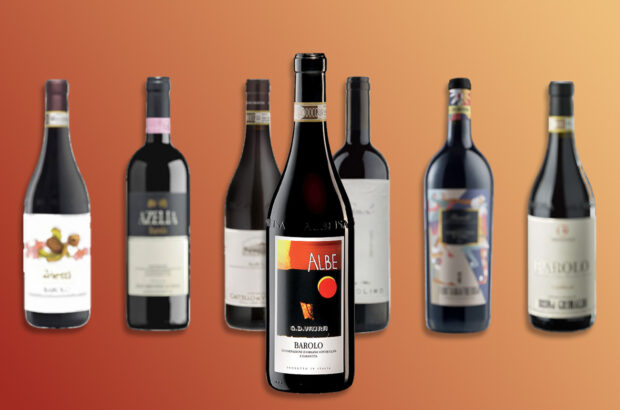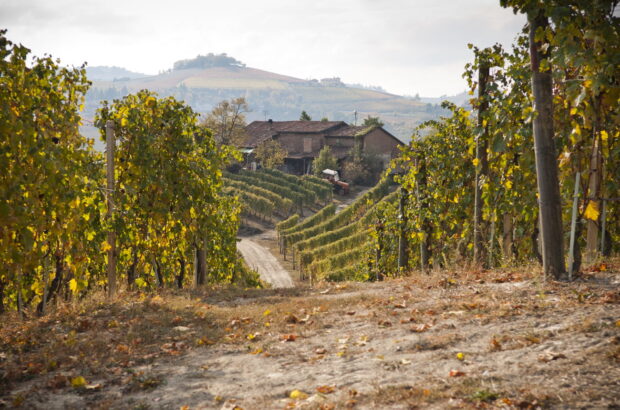What to drink now… Mimosa
Perfect for spring brunch, the Mimosa is a mix of equal parts Champagne and orange juice. The cocktail is attributed to Frank Meier, head bartender at the Paris Ritz, who served the first Mimosa in 1925, though the recipe appeared elsewhere in France at the same time.
Either way, it’s a twist on the British Buck’s Fizz, invented in 1921 at the Buck’s Club in London, which used more Champagne and could include gin.
Avoid vintage fizzes or special cuvées: a classic brut style works best. Try Louis Roederer, Brut Premier NV, a blend of 40% Chardonnay, 40% Pinot Noir and 20% Pinot Meunier.
Mimosa
Ingredients: 1 part Champagne, 1 part freshly squeezed orange juice
Glass: Champagne flute
Garnish: Orange slice (quarter)
Method: Method Half-fill a flute with Champagne, then top up with orange. Exact quantities can be adjusted according to the size of your glass; just remember always to use a 1:1 ratio
Fruits of the orchard
A new British vodka is aiming to be as good for the planet as it is for your palate. Created by Ellers Farm Distillery in Yorkshire, Dutch Barn Vodka (alcohol 40%) is a small-batch, carbon-neutral spirit, produced using 100% renewable electricity and packaged in a lightweight brown bottle that uses 60% recycled glass.
The brand takes its name from a renovated Dutch barn on the farm, which is now home to a brand new distillery set up by former publican Andy Braithwaite. The eco-friendly distiller is also expanding an old orchard, next to the distillery, to create a biodiverse habitat for local wildlife. The trees will sequester carbon as well as providing the raw material for the vodka.
Native British apples – sourced both from the farm and from orchards in Herefordshire – are used to produce the base spirit for Dutch Barn, which is then blended with a percentage of potato spirit. The result is a fruity and creamy vodka, with aromas of ripe red apples, vanilla and peppery spice. Super-smooth, with a snap of green apple and citrus on the finish, it makes a great Vodka Martini; or pair it with sparkling apple juice for a refreshing long serve.
What are… bitters?
Also called ‘cocktail bitters’ or ‘aromatic bitters’, these are concentrated liquid essences that are added to a drink in dashes or drops to enhance its flavour. They are made by macerating herbs, spices and other botanicals in a base spirit.
Cocktail bitters evolved from medicinal bitters: herbal tinctures that were used to aid digestion – including Italian amari (which are also known as ‘bitters’ today). Cocktails were the first beverages that specifically required the use of bitters.
Early cocktail manuals such as How to Mix Drinks by Jerry Thomas (1862) reference bitters in cocktail recipes. Popular brands such as Angostura and Peychaud’s were developed at this time and are still widely in use around the world today.












